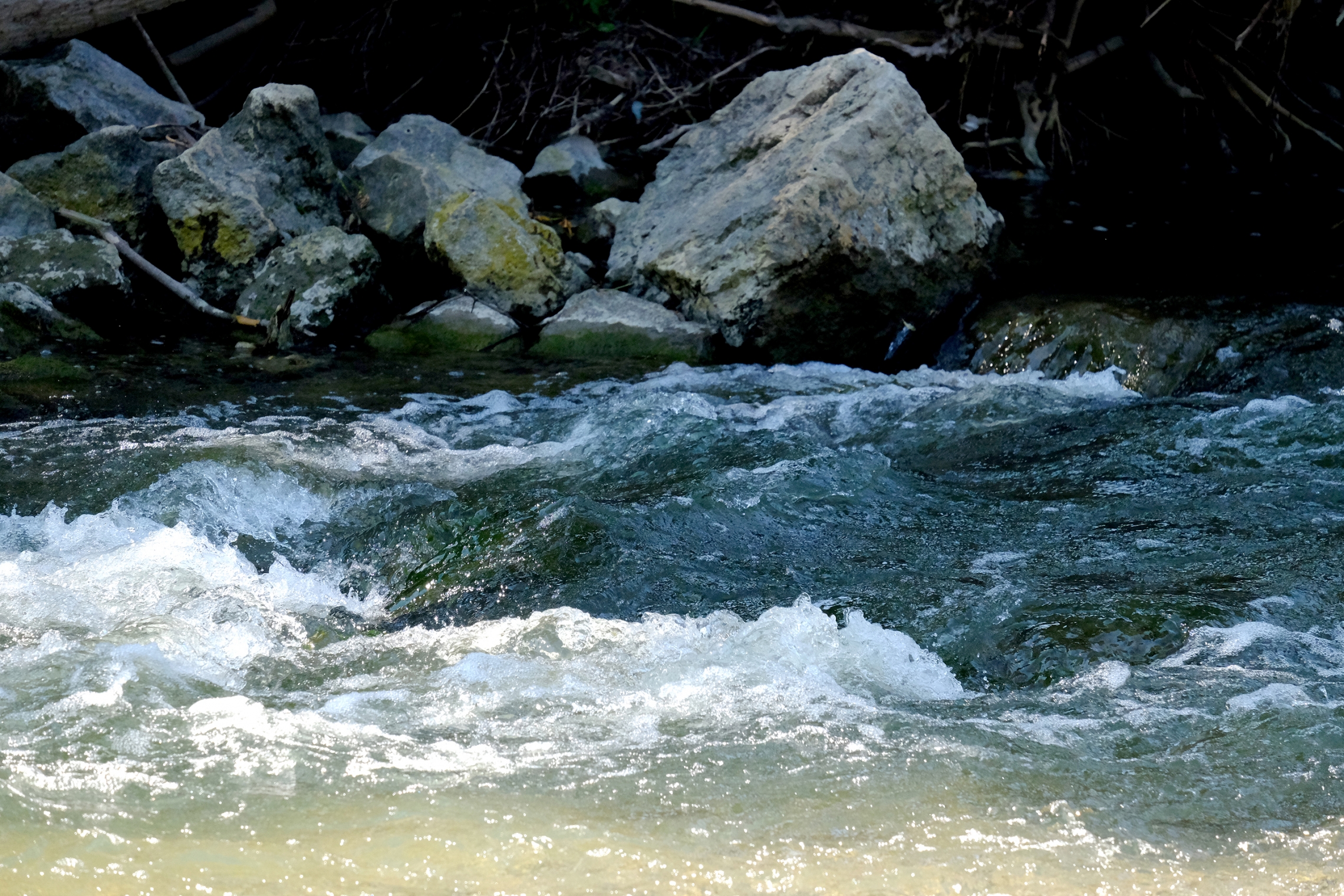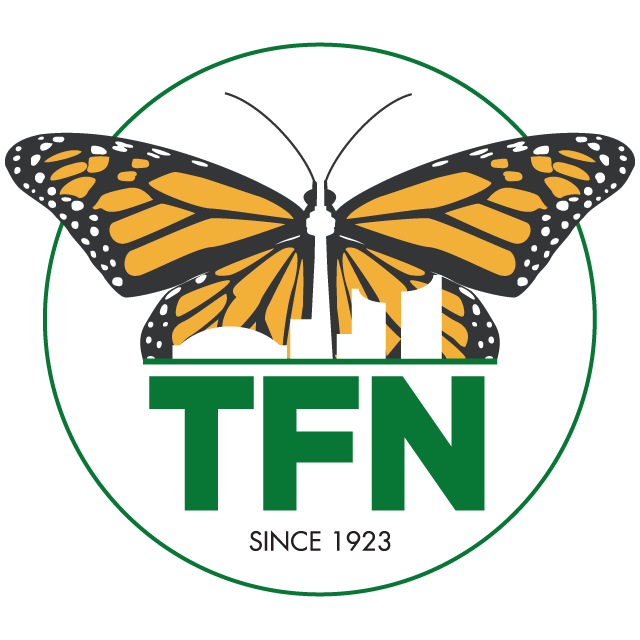A public meeting was held last week to present the Lower Don Trail Master Plan Refresh, an update to the Lower Don Trail Master Plan from 2013. The refresh dedicates a lot of pages to improvements in terms of accessibility, connectivity, and recreation. Strangely, however, despite the outstanding work done in recent years to create an official city-wide Ravine Strategy and Biodiversity Strategy, neither are cited strongly in the plan refresh, nor is there any substantial content about ecology and habitat improvements or protections that would align with these important strategies.
TFN encourages all Torontonians to bring this alarming oversight to the attention of project coordinators ruthanne.henry@toronto.ca and brendan.mckee@toronto.ca. by Friday, Sept 27. No Master Plan for a natural area in this city should be approved that does not directly address the critical guidance set forth in Toronto’s Ravine Strategy and Biodiversity Strategy, most specifically that “All actions related to ravines should be guided by the overarching goal of protecting these spaces by maintaining and improving their ecological health.” (Toronto Ravine Strategy, Pg. 4)
For more information:

